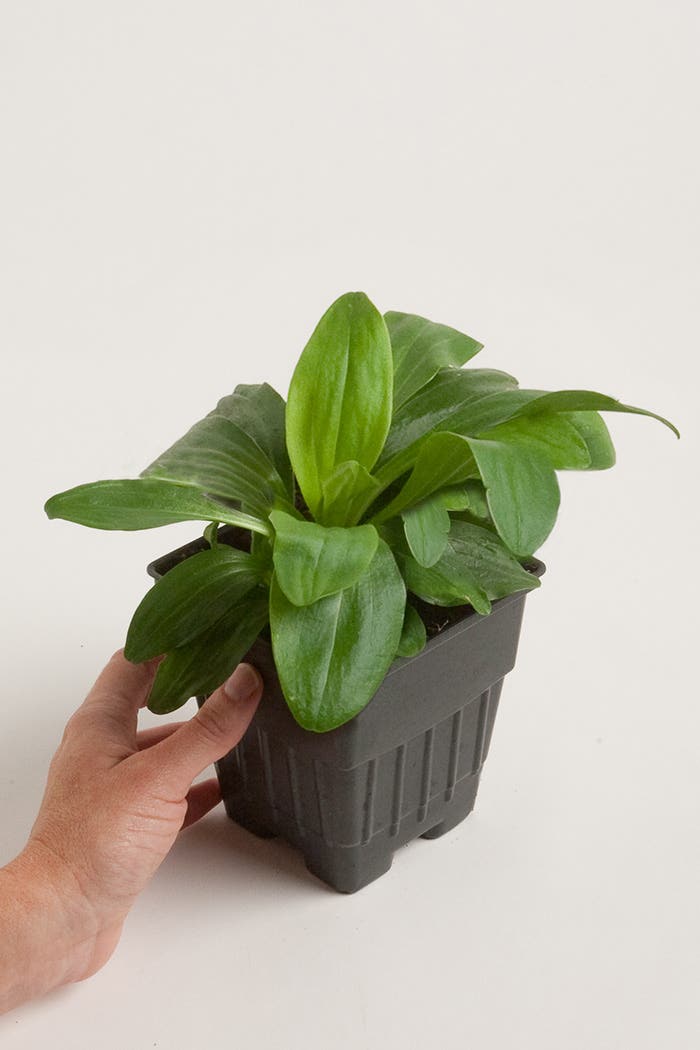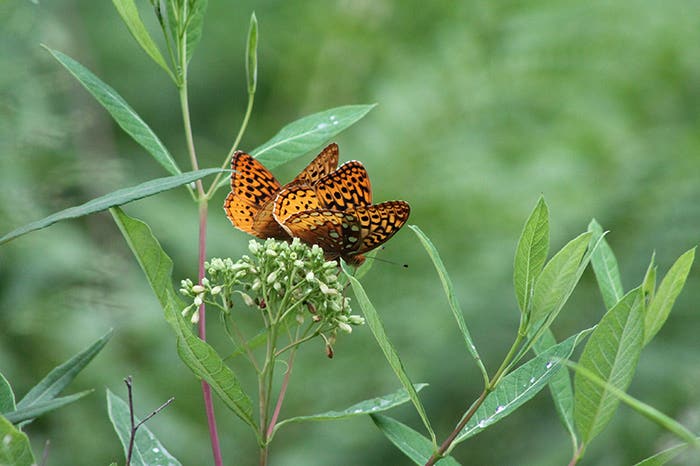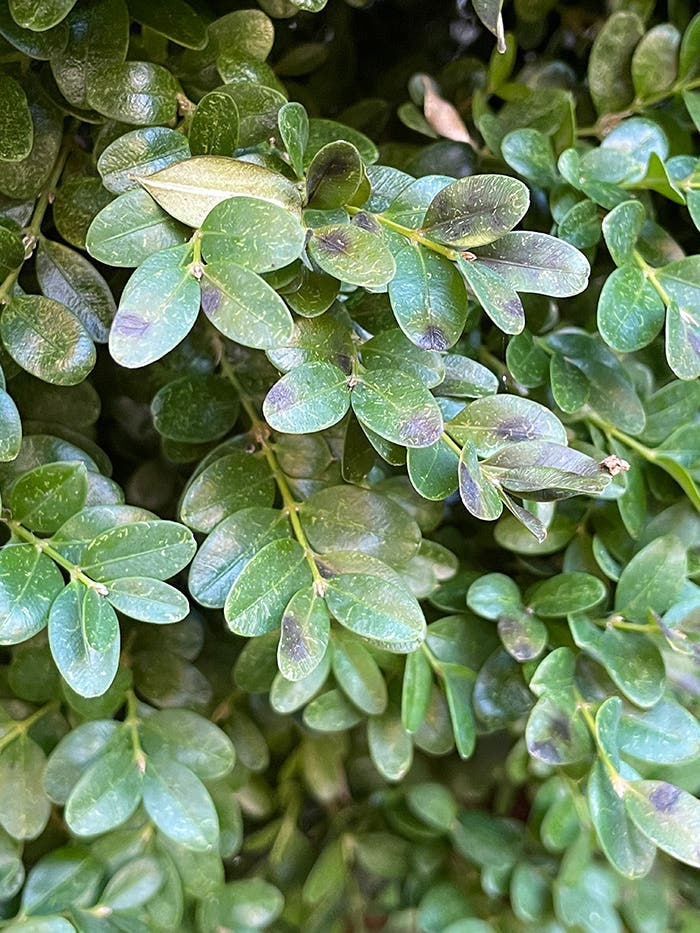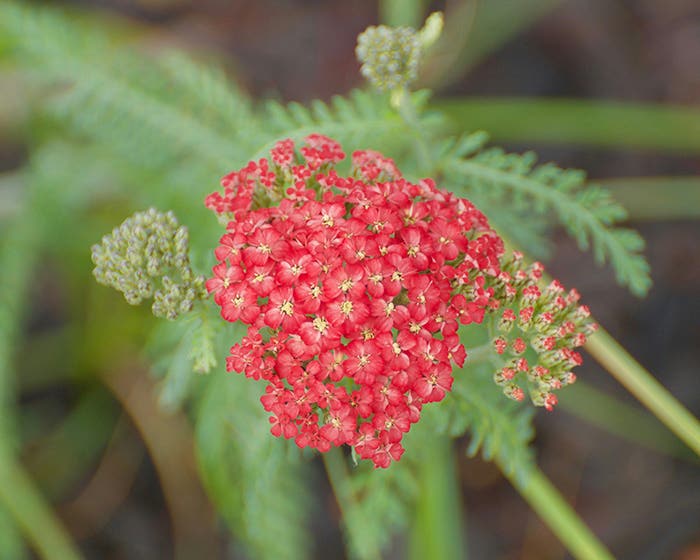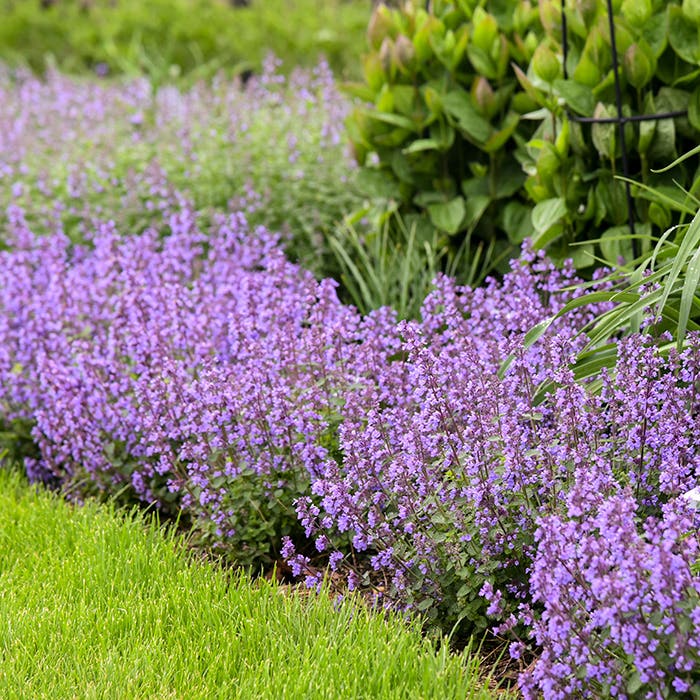Five Steps to Reduce Weeds in the Garden
Follow these simple strategies to reduce weeds and weeding in your garden.
As an Amazon affiliate, we earn from qualifying purchases made through affiliate links.
"Use your head first to rid your vegetable garden of weeds, not your hoe," said long-time garden-to-table expert Kath LaLiberte. "First you need to know how weeds are getting into your garden. Then you can build defenses to keep them out. To reduce weeds and weeding, out-think weeds at their own game."
LaLiberte is a nationally respected gardening professional and an avid gardener who has fed her own family with homegrown produce from a 30-by-40-foot vegetable garden for decades. In both her professional and personal lives, she has spent much time learning about weeds.
"Weeds eat up time and space," she said. "That's why it's important to fend off these uninvited bullies before they crowd out the plants you love."
Following is LaLiberte's "short list" of practical steps to reduce weeds and weeding in gardens this year and for years to come.
1. Plant in blocks and cover bare soil. Weeds are opportunists. When they "see" a batch of unclaimed garden, they waste no time in moving in. When possible, plant in blocks rather than in rows to minimize the amount of exposed soil. Mulch around plants to keep the soil surface covered. Cover pathways with a combination of cardboard, newspaper or landscape fabric covered by mulch, straw or shredded leaves. As crops are harvested, either plant a second crop to cover the fallow area with four to six inches of mulch.
2. Focus on the seeds of weeds. Think twice before following the old gardening advice to dig deeply or till beds each season. It's better to use a fork to aerate soil and mix in compost. Unless the soil is severely compacted, digging may do more harm than good. Tilling, by definition, churns up the soil. It also churns up thousands of dormant weed seeds, bringing them to the surface to germinate. Putting down a layer of mulch will stop many seeds from sprouting. Adding a pre-emergent herbicide, such as Preen Natural Weed Preventer, on top of the soil or mulch will stop many more. Made of 100-percent corn gluten, it comes in granular form, making it easy to apply around established plants. If you're direct-sowing plants, wait until the seedlings are three inches tall and have grown true leaves before putting down a pre-emergent herbicide.
3. Edge the garden. Every day, grass is working its way into the garden from every side. A day dedicated to installing permanent edging around the garden is time well spent. Make sure it extends four or five inches into the soil. Use two-by-six lumber, flexible plastic edging or commercial-grade metal edging. It's a one-time job providing years of benefits.
4. Watch for outside attacks. Controlling weeds beyond the bounds of the vegetable garden is as important as controlling the weeds inside. A single ragweed plant, perhaps hiding in a lilac hedge, can spread 15,000 seeds across your garden; one pigweed plant produces 117,000 seeds. When mowing the lawn, be on the lookout for weedy areas that can be knocked down before the plants mature and set seed.
5. Don't ignore late-season weeds. Not all weeds sprout in the spring. In fact, as many as half the typical weeds in a vegetable garden germinate in summer or fall. These are either fast-growing annuals that can mature and disburse their seeds in a matter of weeks, or they're biennials and perennials that will overwinter and cause more problems next year. In late summer and again in early fall, make a sweep through the garden to pull any weeds that have appeared. That's also a good time to top off beds with added mulch and weed preventer, if needed.
"Think like a weed detective," LaLiberte summed it up. "In the vegetable garden, practical preventative maintenance efforts are often your best gardening tool."
Recommended related reading:
Find more strategies for reducing weeds and going tiller-free in Patricia Lanza's classic and beloved Lasagna Gardening.
Learn to use raised rows to create a vegetable garden that requires very little maintenance in Raised Row Gardening by Jim and Mary Competti. Less labor-intensive and costly to create than raised beds, raised rows require just soil and mulch yet provide many of the same benefits, including reduced weeding.


